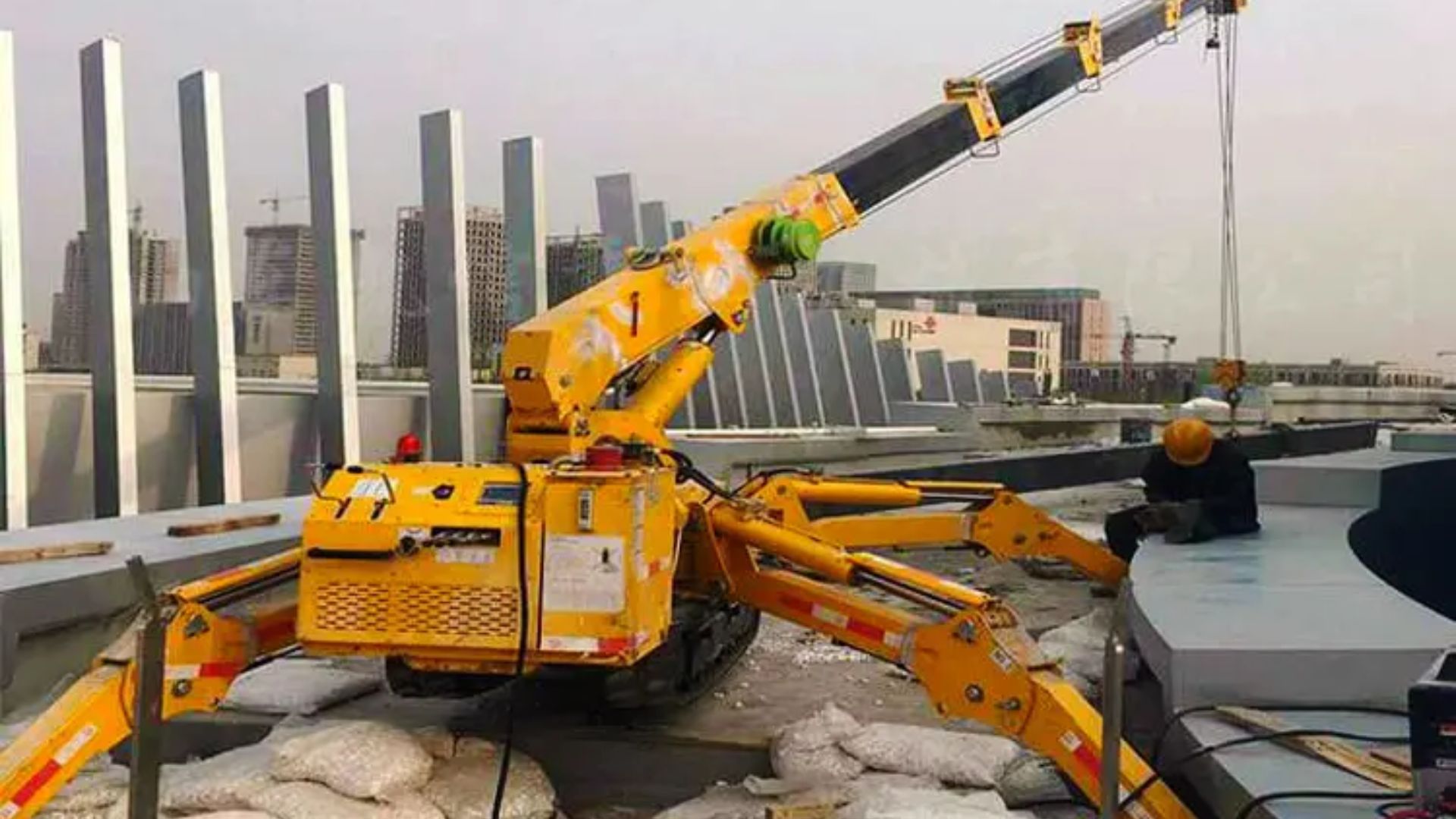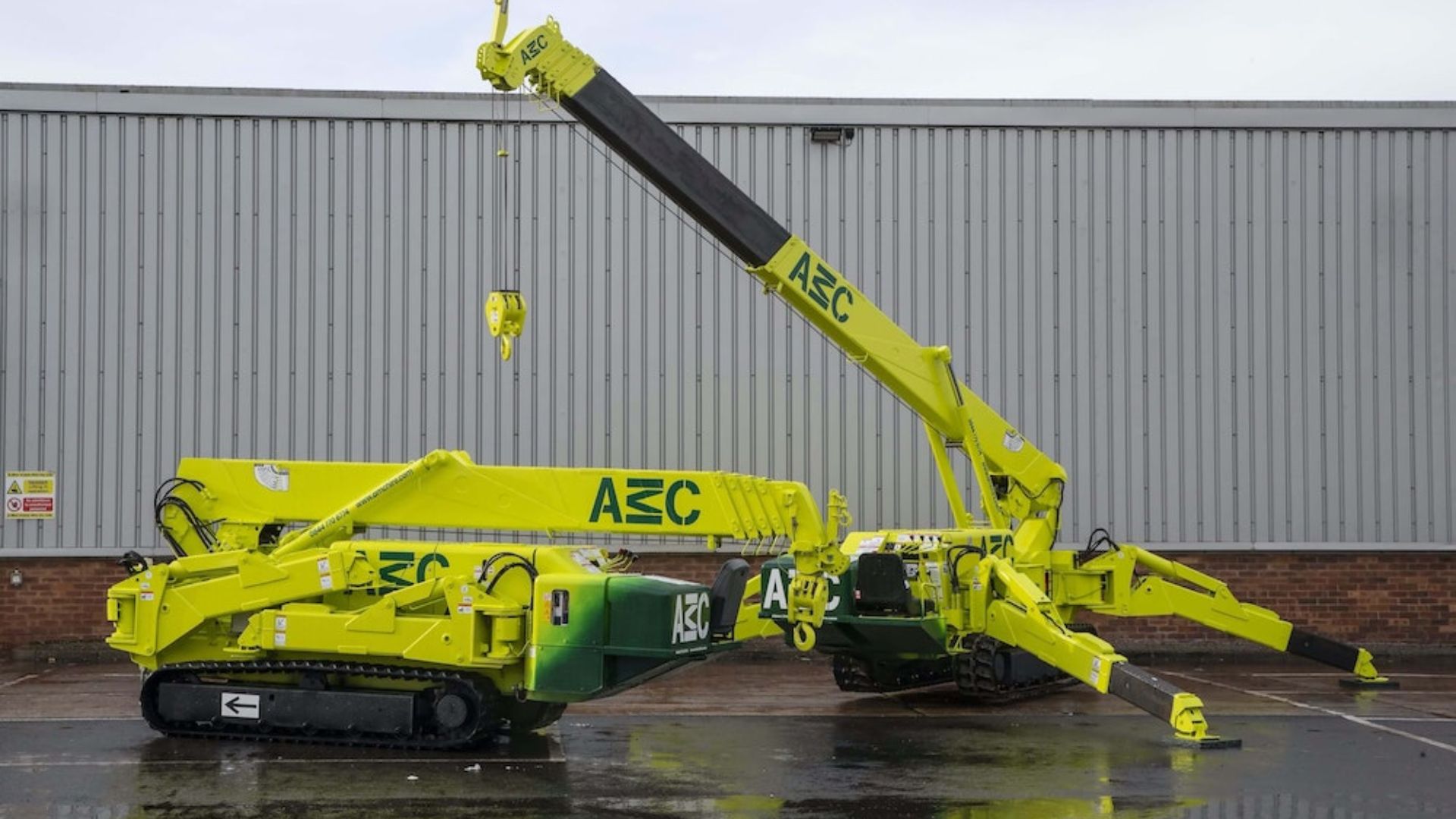Introduction:
In the realm of lifting and hoisting, Spider Cranes stand out as compact yet powerful machines that pack a punch when it comes to maneuverability and lifting capabilities. These mini marvels, also known as spider cranes, are revolutionizing the way heavy lifting tasks are approached in tight and confined spaces. Whether it’s construction projects in urban environments or delicate lifting operations in interior spaces, spider cranes offer unmatched versatility and efficiency. In this blog, we’ll explore some essential tips and tricks for mastering the art of spider crane operation, empowering you to make the most of these mini-machines in your projects.

Understanding Spider Cranes:
Spider cranes are compact, mobile cranes equipped with multi-section telescopic booms and outriggers that extend radially to provide stability. Unlike traditional cranes, spider cranes feature a crawler or tracked undercarriage, allowing them to navigate through narrow passages, rough terrain, and even climb stairs. Despite their small size, spider cranes boast impressive lifting capacities ranging from a few hundred kilograms to several tons, making them ideal for a wide range of lifting tasks in challenging environments.
Tips & Tricks for Spider Crane Operation:
- Proper Setup: Before operating a spider crane, ensure that the outriggers are deployed on stable ground and fully extended to provide maximum stability. Take into account factors such as ground slope, surface condition, and load weight distribution when positioning the crane.
- Familiarize Yourself with Controls: Take the time to familiarize yourself with the crane’s control panel and functions before starting operation. Practice operating the crane’s boom, hoist, and slew functions to develop proficiency and confidence.
- Understand Load Limits: Always adhere to the crane’s load capacity and operating limits to prevent overloading and ensure safe operation. Avoid exceeding the crane’s rated capacity and consider factors such as load distribution, lifting radius, and environmental conditions when lifting loads.
- Plan Lifts Carefully: Before lifting any load, assess the lifting area and plan the lift carefully to minimize risks and ensure optimal efficiency. Consider factors such as overhead obstacles, obstructions, and ground conditions when positioning the crane and lifting loads.
- Use Outrigger Mats: When operating on sensitive or uneven surfaces, use outrigger mats or pads to distribute the crane’s weight and protect the ground from damage. Ensure that the mats are properly positioned and secured to prevent slippage during operation.
- Maintain Clear Communication: Establish clear communication protocols between the crane operator, signal person, and ground crew to ensure safe and efficient lifting operations. Use standardized hand signals or radio communication to relay instructions and coordinate movements effectively.

Conclusion:
Spider cranes are invaluable tools for lifting and hoisting tasks in confined spaces and challenging environments. By following these tips and tricks for spider crane operation, you can master the art of maneuvering these mini-machines with precision and confidence. Whether it’s construction, maintenance, or specialized lifting operations, spider cranes offer a versatile and efficient solution for tackling a wide range of lifting challenges. With proper setup, careful planning, and adherence to safety protocols, spider cranes empower operators to achieve remarkable feats of lifting prowess in any setting.




